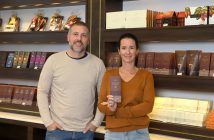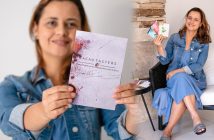Beatriz Branco created Angi Chocolates do Pantanal in 2017 and is riding the wave of increased tourist flow in the Pantanal region to increase sales of artisanal chocolates
Beatriz Branco carries in her DNA the Pantanal brand, being passionate, from head to toe, about the local flora, fauna, and cultures of the region. She moved from the state capital with her family to the countryside, in the city of Coxim, in the state of Mato Grosso do Sul, when she was still a child. The Taquari River was her backyard, and her passion for food production was inherited from her father, a dairy and food farmer himself, on the São Gabriel D’Oeste farm. “At the back of our house, at the property’s headquarters, my father placed a small door that was always closed to avoid the presence of jaguars. The exit led to a small beach, where I spent many happy years of my childhood,” she recalled with nostalgia.
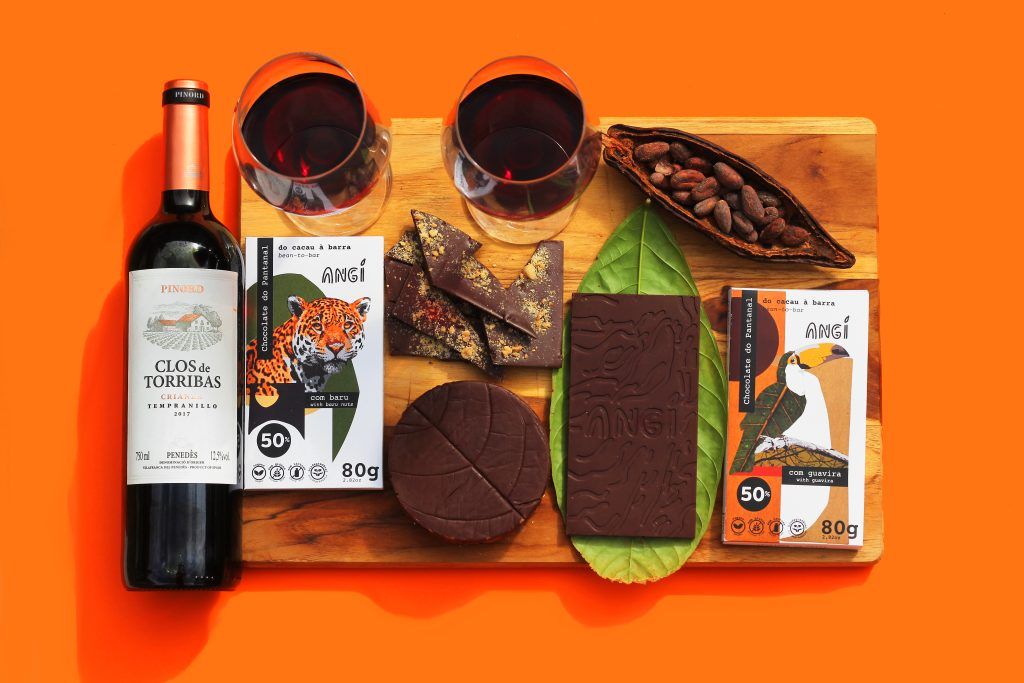
Beatriz moved to the capital Campo Grande to attend high school and then moved to São Paulo to study product design at the Instituto Europeo de Design. Afterwards, Brazil became too small for her and she decided to explore Europe, going to Barcelona and Milan to continue her studies. In Italy, she studied sustainable design and trained as a community member. She learned about the Slow Food movement and became a fan of it. She became interested in bean-to-bar chocolate when she first saw Amma’s Brazilian chocolates in a French supermarket.
Her nostalgia hit harder, however, and she wanted to return to Brazil to apply all this knowledge acquired in practice and to help in some way the Pantanal people, who were starting to produce products and services aimed at their community.

“When I returned, I set up a company in partnership with the Brazilian Micro and Small Enterprise Support Service (SEBRAE), to provide consulting services to other companies. My father convinced me to participate, in September 2017, in EMPRETEC, promoted by SEBRAE itself. On the first day of class, I had a major challenge: to create a fictitious brand. That is how I created Angi, the chocolate brand from the Pantanal,” she said.
As a result, she sold 317 units of a chocolate that did not exist in the real world. Because she had never made chocolates before, she did some research on YouTube, created a mockup (real-size model of a project), and set out to produce the chocolates only for those people who had purchased from the brand on Instagram and Facebook, created exclusively for the class.
The project was so successful that the people at SEBRAE convinced her to prepare a business plan, as the local media became interested in the creation of chocolate. It was a real uproar. In the meantime, she became aware of a public tender from a business incubator in Campo Grande and decided to apply. Another public tender for financial support was released, and she was approved in both. The following week, she started to seriously study about chocolates, the different types of cocoa, mapping the local communities, and getting her hands dirty.
“When I set up the fictional brand Angi, a few bean-to-bar chocolate brands from other regions of Brazil started following Angi on Instagram and Facebook. It was insane! I went to São Paulo to take a three-day bean-to-bar chocolate course, with Arcélia Galhardo, from Mission Chocolate (see article here) and Rogério Kamei, from Mestiço,” she explained. She received valuable tips, but it was still little.
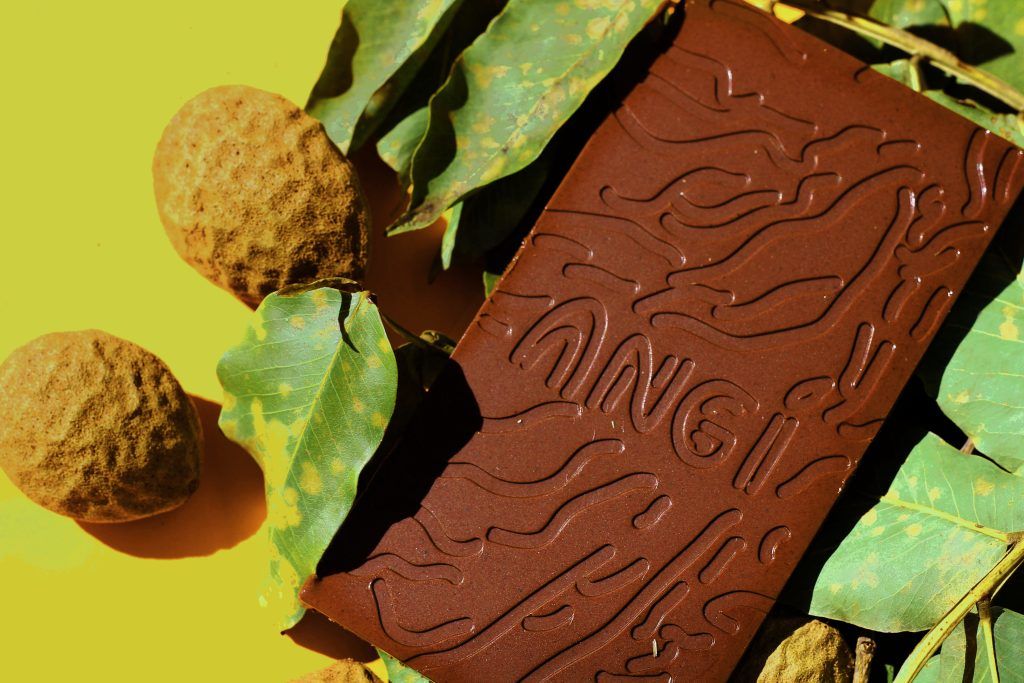
She enrolled in the professional training course at Castelli Escola de Chocolataria (@castelliescolachocolataria), based in Canela, Rio Grande do Sul, which was essential for her professional development, and even as she improved in her studies, she continued to make her chocolate, which, until that moment, according to her, was of poor quality.
“The fact is that I needed to get into the incubator with a more in-depth understanding of the chocolate-making process and of what I would need in terms of equipment. I set up a space in the incubator – a 50-square-meter kitchen, under a two-year contract. There, I had a technical engineer and a nutritionist at my disposal. I bought a lot of chocolate, tested it, and sold it online on the fictional Instagram and Facebook, which ended up becoming sales channels. Even with a poor-quality chocolate, the brand was already running. In the meantime, I was trying to understand the processes of roasting, producing cocoa butter, and the challenge of standardizing production. It was all very difficult – there was no one to exchange experiences with, should any machine break, I had to find a way to fix it myself,” she recalled.
With a contribution of R$85,000 from the second public tender, she managed to set up the entire Angi project, buy the machinery, the melanger, and the oven to roast cocoa beans. She also visited some bean-to-bar factories such as Luísa Abram (see article here), Baiani, and Juliana Aquino (see article here), among others.
Finally, she traveled through the Pantanal by car, joining the Slow Food movement in the region and meeting with ECOA (www.ecoa.org.br), which has been operating in the region for over 32 years. “They helped me access hard-to-reach riverside communities, most of them led by women farmers, who work in MTST settlements with the processing of native fruits. I went to the countryside to better understand the cultivation process and how they harvest and produce local fruits such as pequi, bocaiúva, and jatobá, among others. When I came back, I already had the fruits I needed to make the inclusions in the chocolates,” she recalled.
She began to attend events alongside Fundação da Cultura and, on these occasions, she set up a small Angi booth and traveled to the tourist-friendly cities of Corumbá, Bonito and Maracaé and began to draw a lot of attention for her exotic products.
At that time, she traveled to São Paulo to participate in the São Paulo Chocolate Festival, in 2018, and, on the first day of the event, she was featured in a story in the SPTV news show, from Rede Globo, where the reporter tried a bar on live TV and made compliments about the product. The next day, the booth was full and sold the 650 bars she had taken to the fair. From that moment on, Angi’s luck was already established!
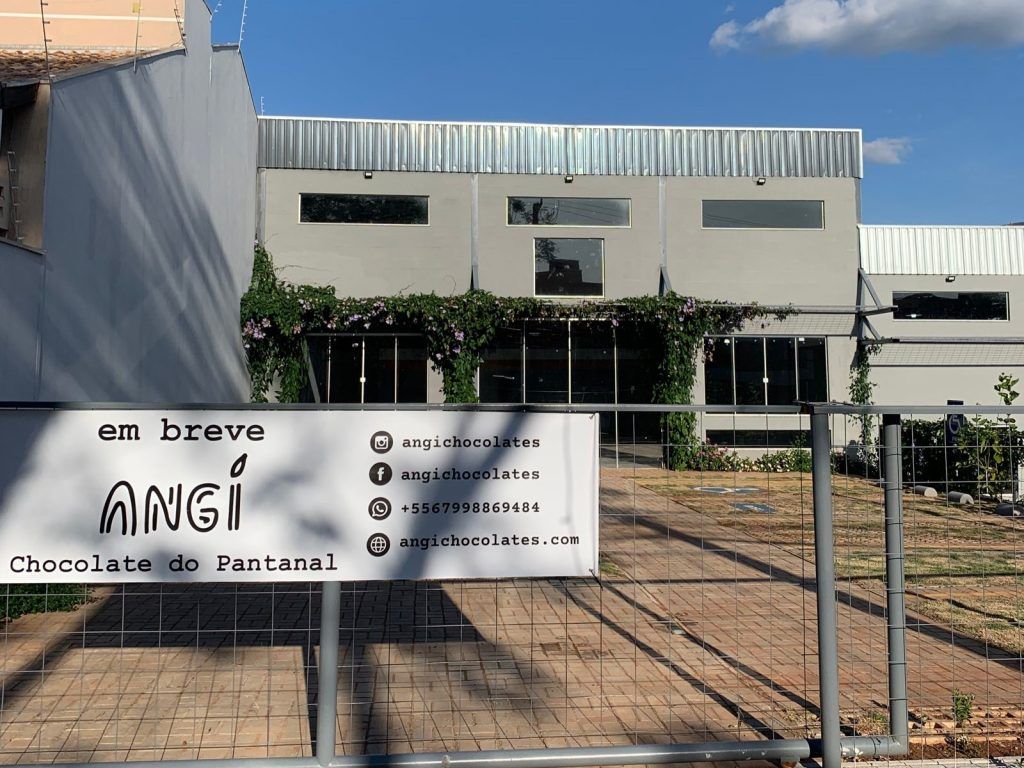
The packaging
The brand’s first packaging reproduced the textures of some trees in the Pantanal. “I took pictures of the trees that I liked the most and which were the most characteristic. During a consulting session at SEBRAE, however, an expert suggested that I use illustrations of animals from the Pantanal on the packaging, such as the jaguar, the capybara, the jabiru stork, the capuchin monkey, and the toucan, for example,” she said.

According to several marketing studies, consumers identify much more with products that have an association with an animal in their packaging. The idea was also to market the chocolates in the tourist sector and increase revenue. “It was a real game-changer for Angi,” she recalled.
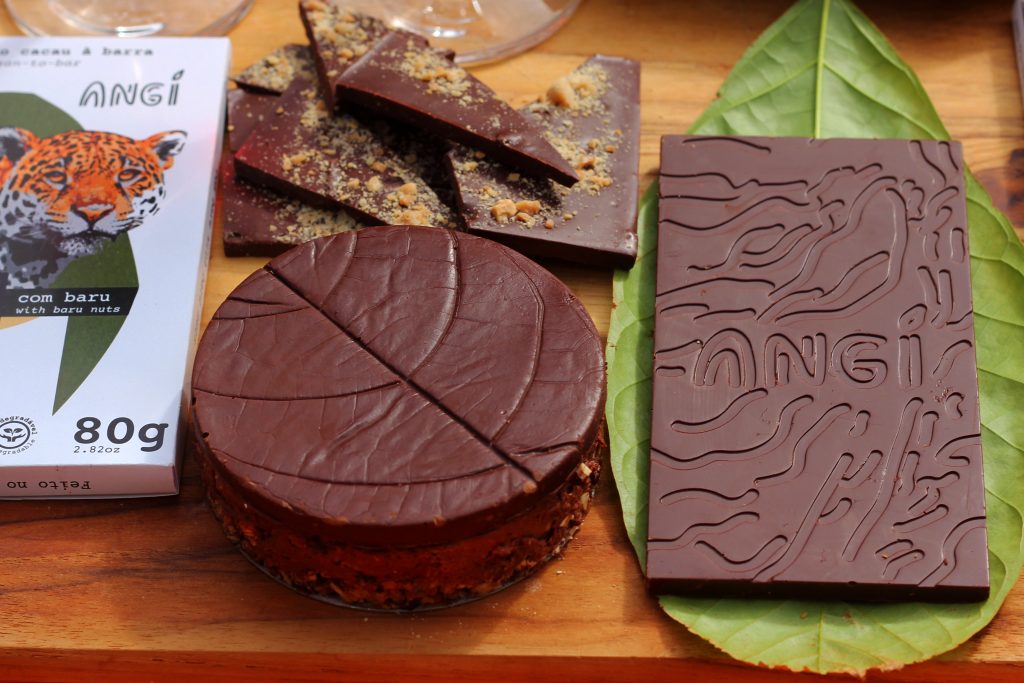
Little by little, the Angi brand appeared in restaurants, resorts, hotels, and souvenir shops, as factory store itself has become a new tourist spot, thanks to its proximity to the Parque das Nações Indígenas, a must-see attraction for tourists visiting the city. Currently, Angi is present in 73 points of sale across the state and has just received the Organic seal, making it the first brand in Mato Grosso do Sul to receive the certification.
Pantanal cocoa
In addition to the Pantanal cocoa, organically produced by the Dois Riachões Community, indicated by the Slow Food movement, the brand also uses cocoa from the southern region of Bahia. “I took a trip across Bahia and other cocoa producing states such as Espírito Santo to really get to know cocoa and its nuances. In Bahia, I visited several producers, until I got to meet the Cantagalo Group, which is responsible for 13 cocoa farms. The goal was to try a lot of different raw materials, to eat the almond without roasting it, to understand it, and to smell it. There, I met several traditional communities that work with cocoa – people who are being valued and who are descendants of slaves, who also worked with cocoa but never had the opportunity to try chocolate in their lives, and that dignity is being rescued!
I returned to Mato Grosso do Sul determined to plant cocoa within the Cachoeirinha indigenous community, whose natives, the Terena, are traditionally farmers of the forest system, that is, they plant without destroying the forest, but rather in synergy with it. Cocoa is planted alongside other tall trees such as the mastic tree, also making a shady cocoa, with good irrigation, which provides an excellent development of the fruits. Unfortunately, the fires of the last two years in the Pantanal region greatly impacted productivity, but we remain firm and strong in this beautiful project,” she explained.
After two years in the Incubator, Angi is ready to relocate again. It has just rented a large warehouse that will be housing the entire production line and a new store. Its current production is half a metric ton of chocolate per month.
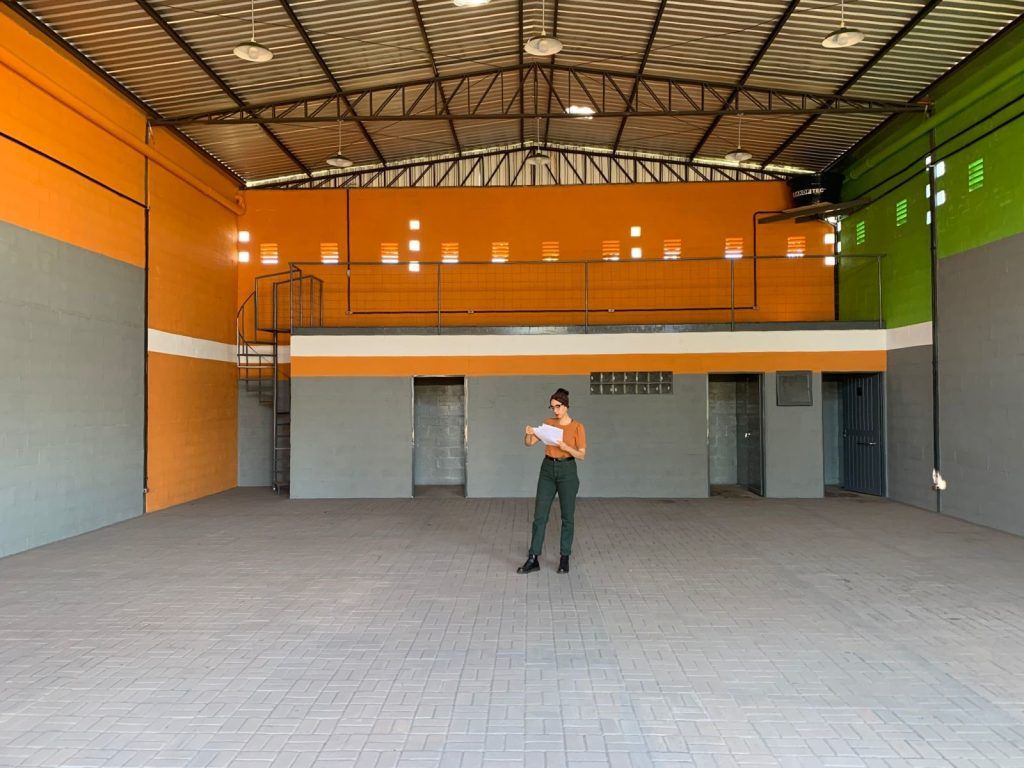
Angi products line
Angi produces 7 grams, 30 grams, 80 grams, 500 grams, 1 kilogram and 10 kilograms of chocolate, from 50% cocoa to 100% cocoa. Its bars are made of pure cocoa or are infused with guavira, baru, jatobá, bocaiúva, white chocolate and white chocolate with nibs. They also produce cocoa tea, cocoa powder, nibs, bocaiuva flour enriched with cocoa, and the guavira spice, known as Pantanal granola. All of the brand’s chocolates are organic and vegan.
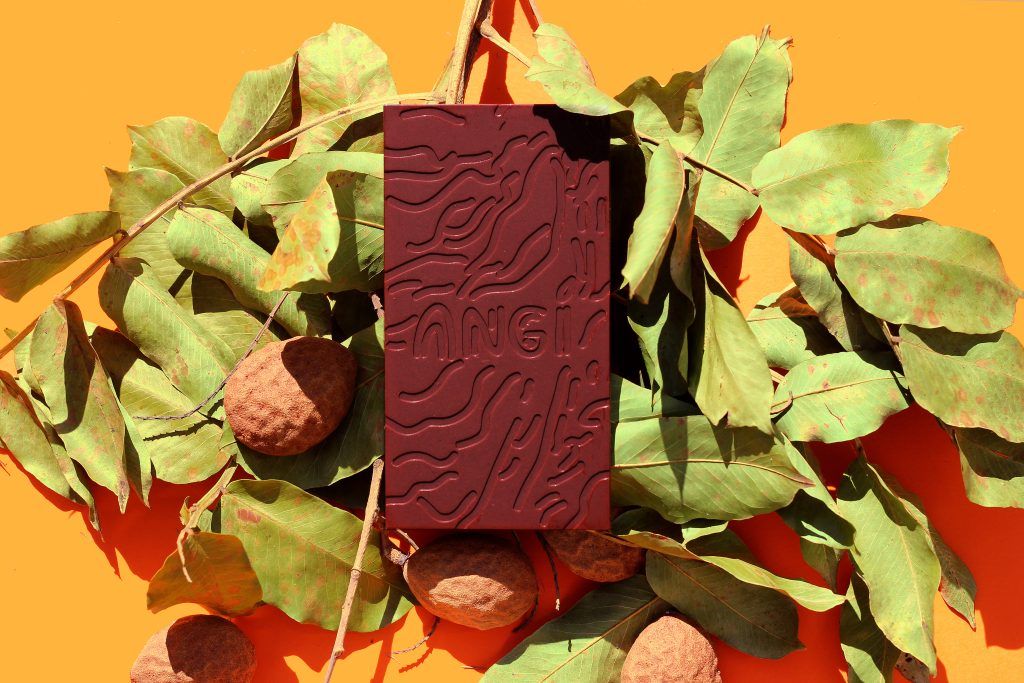
“Our space is a place where all tribes are welcome. It is a space to help develop the local economy.”
“My chocolate has improved a lot, because I have improved, too. I did not know how to roast properly, and my chocolate did not have a snap. It was grainy and felt very astringent, not to mention the aftertaste it left. Nowadays, I love my chocolate, I eat it every day, and my customers like it a lot too. I get feedback quickly, via social media. Reaching this level is not just a matter of revenue – you have to have a lot of feeling, to get to know cocoa, and to learn to get the best out of it. Making chocolate is an eternal process of improvement. And I guarantee it: the chocolate from the Pantanal is very good!!
Angi Chocolate do Pantanal
Rua Yolanda Giordano, 149, Campo Grande, Mato Grosso do Sul
Site: www.angichocolates.com
Instagram: @angichocolates


